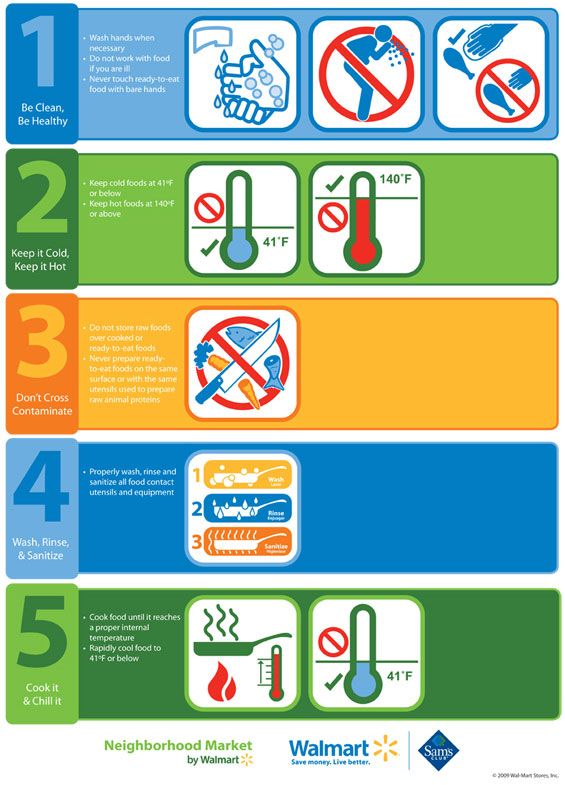what is good hygiene practices in food industry
GHP standard is the short form of Good Hygiene Practice and the first step to hygiene management and is used in the whole food supply chain. Thereby providing food businesses with a means to develop an integrated food safety.
The UK Food Standards Agency work hard to establish food hygiene standards in food businesses across.

. The Benefits of Good Hygiene in the Food Industry. Less food wastage and controlled running costs higher profits. Hygiene in industrial settings should.
Establishment of control points at specific. These signs should be accessible displayed in applicable areas and multilingual. Bacteria chemical hazards eg.
Of the hide and meat surface. Discarding unfit or contaminated food. Food businesses meet their food safety and quality responsibilities by implementing quality assurance systems along the food production chain.
Hygiene culture is the foundation for good hygiene practices in the food industry. The European Union actively encourages the development of national guides to good practice for hygiene and for the application of HACCP principles. Unless food industry employees understand and adhere to safe handling practices they may unintentionally violate.
Sandwich bars and similar food outlets. Violetta Njunina - Head of sales. A pleasant place of work.
Food can become contaminated at any stage during food production including at the farm during slaughter and processing during preparation in kitchens or during storage and delivery. What is GHP standard in food industry. It touches on multiple aspects of the food industry including the food supply chain sanitation facilities workers hygiene practices pest control and.
With this in mind ensuring that food is. Stages during slaughter and dressing. 3 Many of these integrate business operations such as good manufacturing practices GMP GHP and HACCP.
Food hygiene can help you save on your medical expenses medical checkups. Food safetyquality management and assurance systems along the supply chain ensure that food businesses can keep food safe. Therefore the legal action taken against those who have allowed poor food hygiene practice to take place is severe.
Manufacturing practices GMP can be focused on. The food industry guides to good hygiene practices that have already been developed and available to use include. The principles of food safety aim to prevent food from becoming contaminated and causing food poisoning.
Many areas of production and industry rely on good hygiene practices to ensure product quality and safety. Food hygiene is a set of food manufacturing practices that aim to minimize biological food hazards through safe and clean operations to protect public health from foodborne diseases. The consequences of poor food hygiene can seriously affect the health of those who consume food including severe food poisoning.
Food hygiene also impacts the business in a way. Destroying any harmful bacteria in the food by thorough cooking or processing. It helps companies avoid staff downtime due to illness.
Implementation of GHPs in a food setting. Limiting this spread and likewise the. A hygiene culture is a unified mindset across the organization that puts food safety at the forefront of everything done within the business both physically and mentally.
Main categories in GHPs implementation. Food safety is a management system that is applied by a food business to ensure that hazards are controlled to. Hygiene practices that are employed in industrial settings including manufacturing and agriculture maintain clean sanitary environments and ultimately protect public health.
These set of controls may include Good Agricultural Practices GAP Good Manufacturing Practices GMPs Good Hygienic Practices GHPs Hazard Analysis and Critical Control Point HACCP systems. Prevent contact or dirt flicking from feed parts. Brief background O 1963 - The Codex Alimentarius Commission was created by FAO and WHO to develop food standards guidelines and related texts.
O 1969 - The Codex Alimentarius Commission brought out the Recommended International Code of Practice- General Principles of Food Hygiene GHP which has undergone four revisions. Introduction to Good Hygiene Practices GHPs The 10 rules of GHPs. FBOs need to understand the hazards including microbiological hazards eg.
GHP stands for Good Hygiene Practice and is a key step in food chain hygiene management within the whole food supply chain and ensuring the food is safe and suitable for consumption. Therefore it is very important to maintain good personal hygiene. Food industry professionals may consider employing signs that visually communicate health and safety practices as a food hygiene reinforcement method.
The module will educate you on the Good Hygiene Practices required to ensure safe manufacture preparation and serving of foods. Detergents and physical. This set of preventative controls may include Good Agricultural Practices GAP Good Practices on Animal Feeding Good Manufacturing Practices GMPs Good Hygiene Practices GHPs and Hazard Analysis and Critical Control.
Washing hands can prevent food poisoning cases. Food Hygiene otherwise known as Food Safety can be defined as handling preparing and storing food or drink in a way that best reduces the risk of consumers becoming sick from the food-borne disease. GHP concerns about hygiene management in the food supply chain workers hygiene practices sanitation facilities pest control and preventing physical and.
Good Hygiene Practices.

Proper Hand Washing A Vital Food Safety Step

Volunteer Food Facilities Poster

Personal Hygiene For Food Safety

Personal Hygiene Poster By Chocolateddys On Deviantart

Food Safety Posters Safety Poster Shop Part 2

Personal Hygiene Horrible Habits Food Safety Food Safety Posters Personal Hygiene

Walmart Com Save Money Live Better

Bending The Rules On Bacteria New York Times










